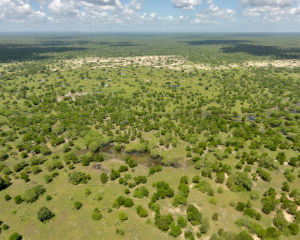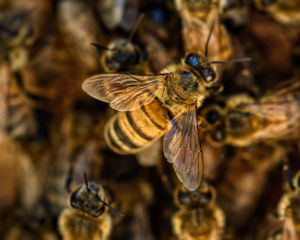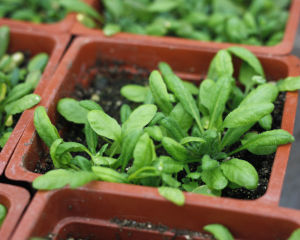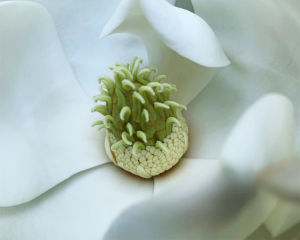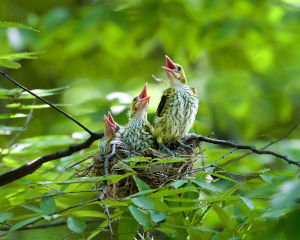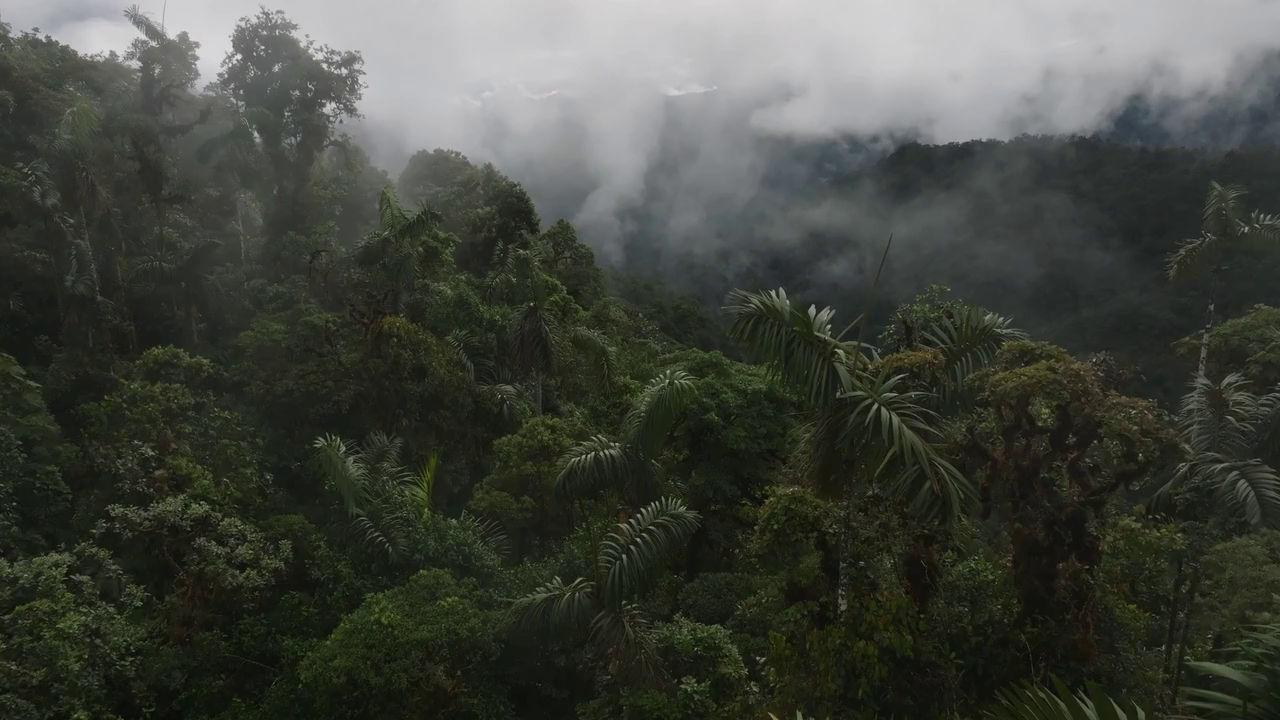
Aerial video of the Dracula Youth Reserve, courtesy of Reserva: The Youth Land Trust.
Inspiring The Next Generation of Conservation
An Interview with Callie Broaddus of Reserva, A Youth-Led Biodiversity Conservation Organization.
By Olivia Mermagen
Sign up for our monthly newsletter!
On May 12th 2023, I had the opportunity to speak to Callie Broaddus, Executive Director and Founder of Reserva: The Youth Land Trust, which is a non-profit focused on youth-led biodiversity conservation. Reserva’s mission is to empower young people to make a measurable difference for threatened species and habitats through conservation, education, and storytelling. This new organization has already made a significant difference in the establishment of the Dracula Youth Reserve in the Carachi Province, Ecuador which they are now fundraising to expand in a battle against illegal mining in the area.
Olivia Mermagen:
To start, could you tell us a bit about yourself, and what led you to biodiversity conservation.
Callie Broaddus:
I think what led me to biodiversity conservation was being a human being concerned for the survival of the planet. But more than that, I grew up in rural Virginia, surrounded by nature. I was very lucky to have woods out my back door, and to grow up playing there, and watching ants scuttle across tree trunks and squirrels hiding walnuts. That fascination is impossible to get rid of.
That led me to National Geographic Kids where I worked for seven years as a book designer. While I was there, I was also working as a photographer. Then that became wildlife photography. The whole time, I was so inspired by the people who came through those doors, and the conversations you would have in the cafeteria, or at happy hour after work. There were so many people who had risked everything to make a difference in the field they were passionate about. So that really resonated with me.
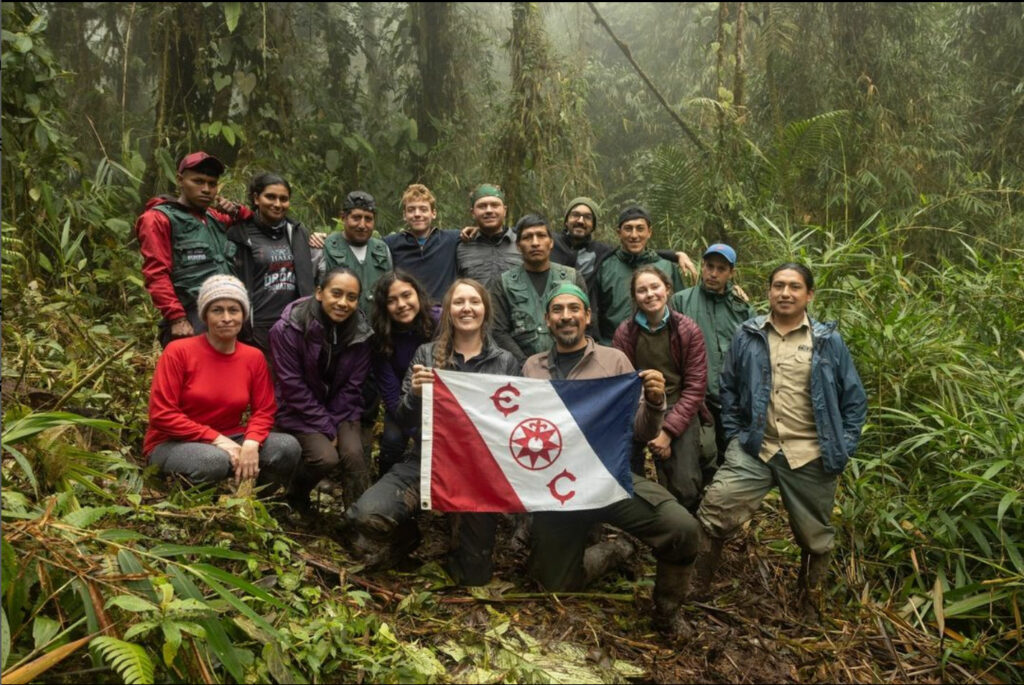

During that time, I had started working in conservation on the side as a volunteer. I joined the Advisory Council for Rainforest Trust, and the board for a couple other nonprofits working in that space. It was really when Rainforest Trust asked me to join their council that sparked the moment of the idea for Reserva. They asked me to join this group of legendary conservationists, such as Russ Mittermeier (the Chief Conservation Officer of Re:wild), and I thought, “I am obviously not qualified for this. Why on earth would they ask me?”
Two things came to mind, and I thought, okay, well, maybe they’re asking me because they want me to try to make some link with National Geographic, or maybe it’s because I had this experience working closely with young people. But that got me thinking, what biodiversity conservation organizations out there are engaging with youth?
I couldn’t think of one. When I was researching, I found that most NGOs had educational resource pages that were targeted towards teachers rather than young people. These organizations want teachers to educate the youth to ensure engagement in the future but don’t consider the benefits they might offer now. So that’s why I started Reserva, because half the planet is under 31, we’ve got to figure out how it’s possible to get those people engaged, whether as scientists, working in the field, or through philanthropy at that international level. That was a really long answer, but…
No, it’s so wonderful that you went on that journey, and you founded Reserva. As a young person I feel very connected to its mission. I wanted to know how you ensure this consistent level of engagement with youth at Reserva.
It’s multi-faceted, so I apologize in advance. From a structural standpoint, it’s a nonprofit, so we have a board of directors and we wanted to be represented by youth on our governing board. So, we wrote into the bylaws that up to half of that group needs to be 18 to 26. And then, under that, we have the youth council, which, right now, is 100 young people around, we say, 26 and under, but we’re not carding, there are a couple people over that. Our council represents about 30 different countries, who are directly deciding the work that we’re doing. They hold votes and design and implement our initiatives with my support and guidance.
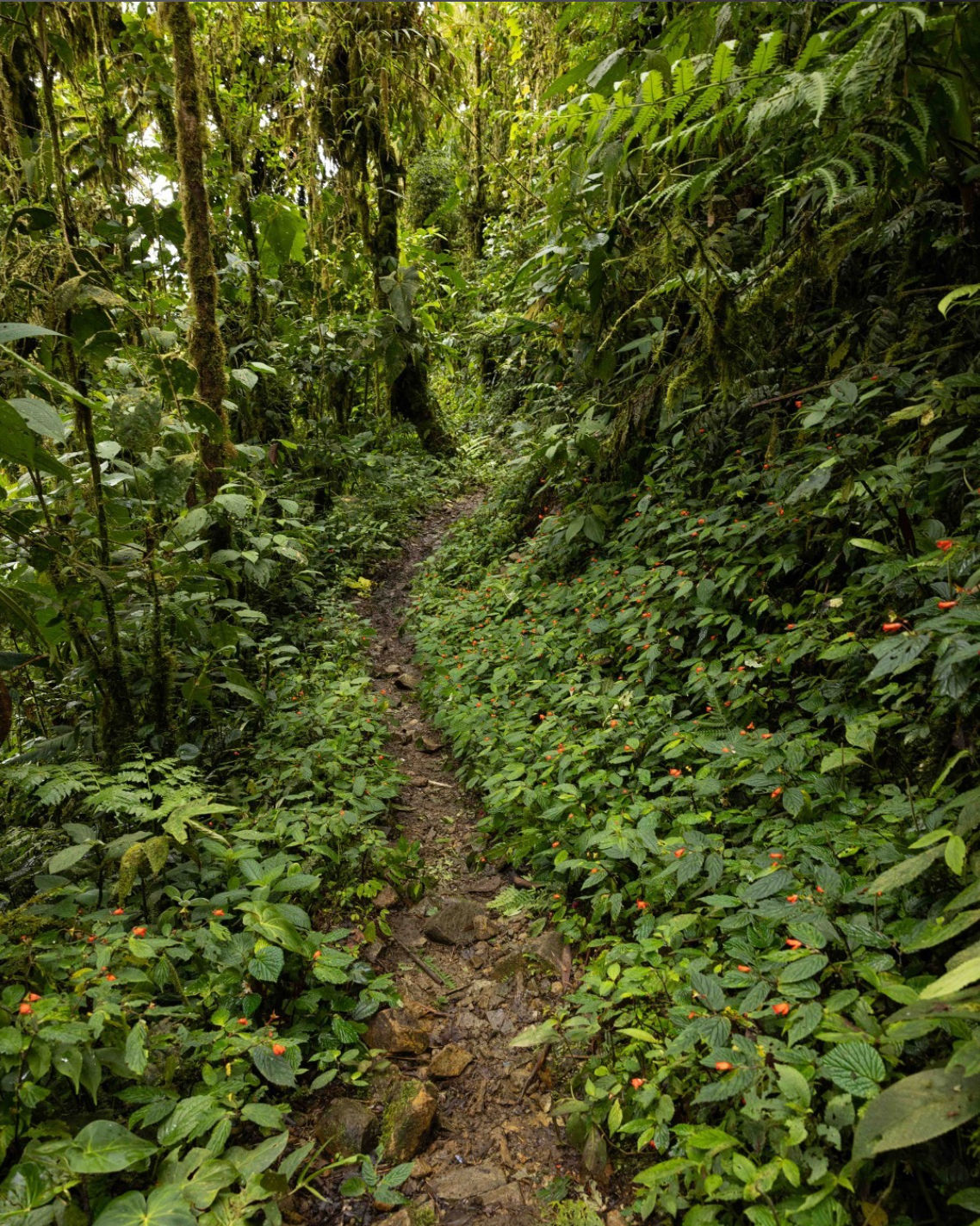
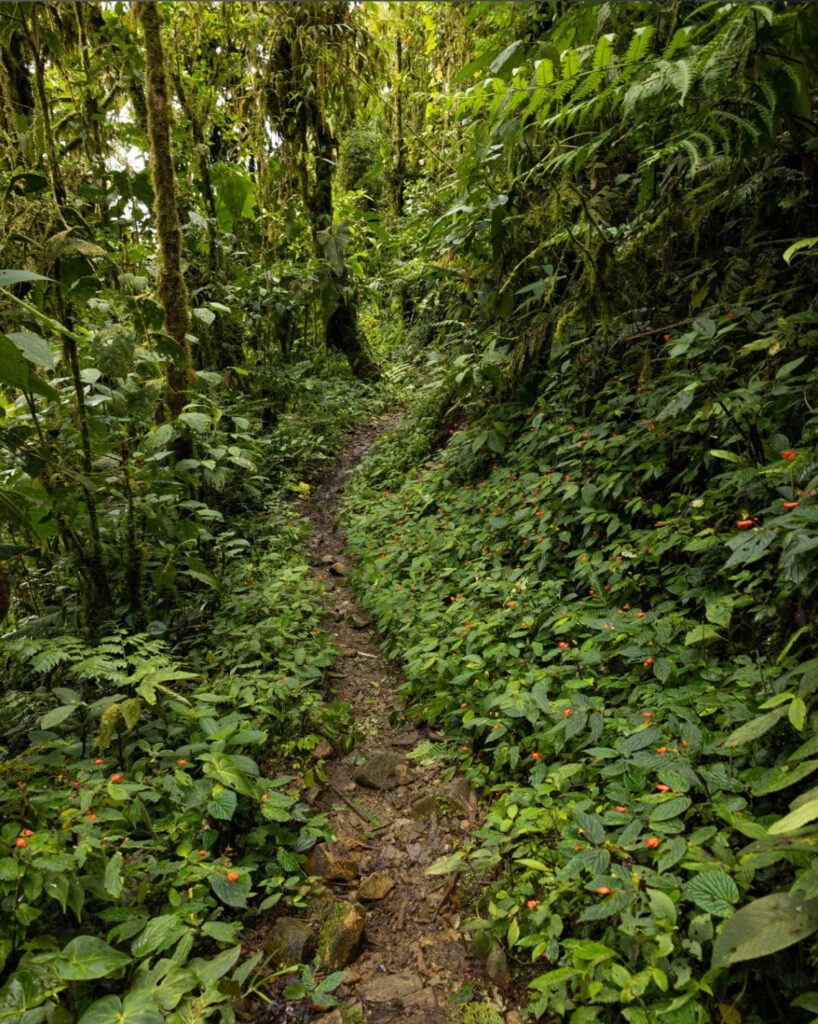
Anyway, from a structural perspective, that’s how. You make it required that youth lead. However, I’ll say that I’m not the best at it. I have no community training. I’m still learning. I think, when you’ve found something, it’s really hard to let go of things, and to be okay with things not being done exactly how you would do them. So letting people step up is super difficult. It’s really hard for me. That’s one of my biggest flaws. That’s been one of my personal growth challenges. But every time I do let go, and the youth council really takes something and runs with it, it’s always so impressive. It makes me feel amazing seeing that empowerment in action. So that’s one answer.
But to walk it back, we started around a single idea, which was to create the world’s first entirely youth-funded nature reserve. At the time, when I came up with the idea, this was around when Greta Thunberg first began striking. I felt that there weren’t enough solutions-based options for youth to get engaged. We came up with this idea, creating a youth-funded nature reserve, not only to show young people that there’s something they could do to make a difference right now, but also, to show world leaders and the public that young people can do more than protest. We can take real action and we mean it, and we’re willing to act, and not wait on the rest of the world to catch up.
This focused idea of youth in philanthropy and the financial power of youth was inspired by my sister, Finley, who we lost to cancer in 2014. While she was ill she really tried to use that time to make a difference, and she really proved to me that young people have the ability to inspire giving and real legitimate, measurable change. I thought about it and realized; I don’t give because I have money. I give because it makes me feel like I can change the things I care about. Finley was the same way. I think that, if we don’t try to engage youth in the process of giving, we’re depriving them of that feeling, and not giving them the opportunity to discover that feeling for themselves.
Giving and philanthropy doesn’t have to mean just money and that was something we felt strongly from the very beginning. You can be a philanthropist, like my sister was with her passion, with her story. You can be a philanthropist with your time, with your art, your talent. I think that, as we developed this idea of creating a youth-funded nature reserve, that necessitated these questions of, okay, if youth don’t have as much money as adults, what special qualities of youth can we tap into?
To shift to my third answer, the practical, what are we doing right now. We’re working internationally with youth through this youth council, to fundraise for specific projects that youth have selected on the ground. One of our current projects is in Ecuador. And then, as I said, we’re starting one probably in Columbia, and potentially a marine project as well. We’re not buying land, we’re funding local organizations who are already established and doing great work. Then we partner with those local groups to make sure that youth are practically engaged and run expeditions, so they have the opportunity to see the impact of their work firsthand. We want young people from all over the world, leading science, research, storytelling, exploration, and documentation of these sites.
It’s so inspiring to hear you talk about Reserva. You obviously have a very strong set of core values that you’re just not willing to compromise on, no matter what. My next question was going to be about your sister Finley, because I wanted to know how her story impacts your work. I know you’ve mentioned it already but, would you like to speak about it a bit more?
Finley was my little sister. She was six years younger than me. There was a helplessness to her situation, that she channeled into this incredible power for the planet. From when she was diagnosed to when she passed away, the most impactful moments to me where always those that happened when she recognized what measurable changes were happening because of her work.
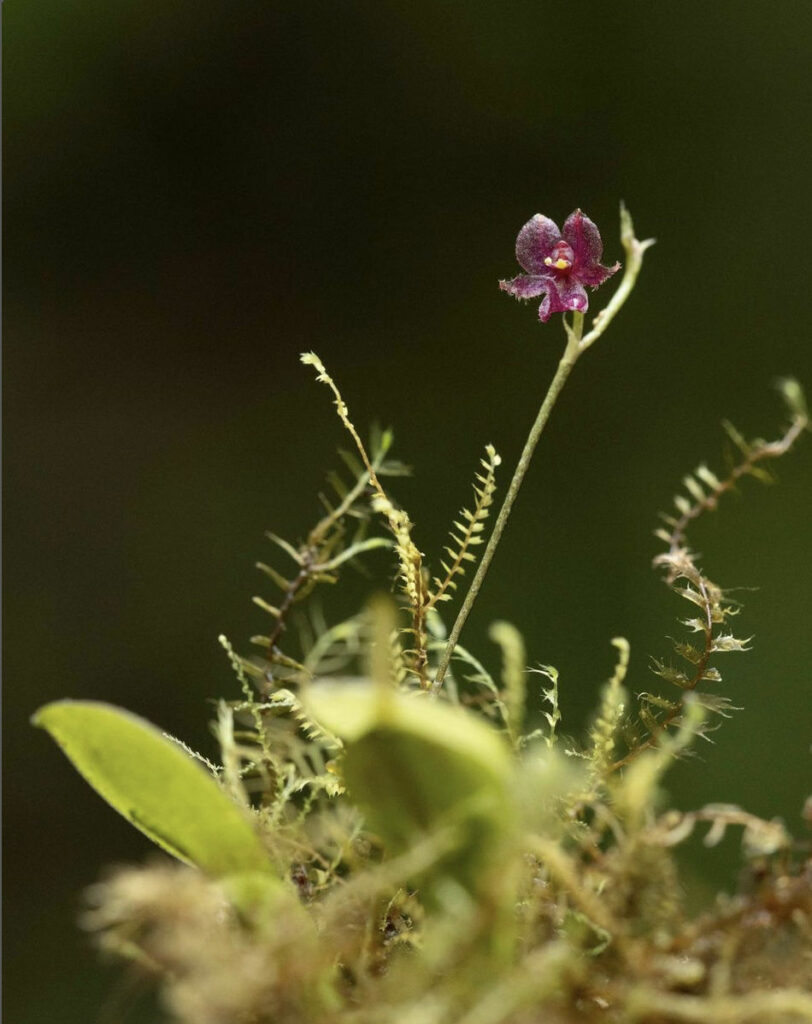

She would do her rounds in the hospital, and any room that didn’t have anyone in it, she would poke in and turn off the lights. Then, other people, including the nurses, started doing it. People would take out the recycling and send her a picture and just be like, “I just started recycling because of you.” People were planting trees! Those were the moments where she felt more energy and felt life. There’s no more profound experience than seeing your sister go through that sort of a challenge. I think the lessons I watched her learn have really shaped how I approach conservation, and how I approach working with young people in general, and my view of what’s important.
When working with Reserva, there’s not a day that goes by that I don’t think about her and feel proud that I’m carrying her legacy forward in a way that I know how. She was always the climate person, and I was always the biodiversity person. I think she’d be proud. I wish that I could talk to her about it. I’m sure she would’ve been fun to brainstorm with. Starting a nonprofit is super hard but, in those moments, where, I think, maybe someone else might freak out or get really stressed, I have this clarity of purpose that, in many ways, she gave to me, and that’s really powerful.
She sounds like an amazing young person and I’m sure she’d be incredibly proud of your work. I hope that, through this interview, and through all your work, more people learn about Reserva and get engaged. The next thing I wanted to ask you about is the Dracula Youth Reserve in Ecuador, because it’s one of your organization’s biggest successes. I just wanted you to talk to us a little bit about that project and what it meant and how it functioned.
Thanks. First, I want to acknowledge that this project wouldn’t have been possible if not for the earlier action of a bunch of other organizations. About 10 years ago, the University of Basel Botanical Garden, the Orchid Conservation Alliance, The Orchid Society, Rainforest Trust. Some organizations and individuals who were concerned about this area got together and began a project called the Dracula Reserve Ecological Corridor. They began working with this local group, EcoMinga, to start buying up pieces of land that became available for sale by farmers to protect them. If they had not acted then, there would be nothing really left for us to participate in. So, I want to acknowledge their brilliant and early actions.
This project came about because, when we started, I approached the Rainforest Trust and said, “Would you be willing to partner with us and create the world’s first youth-funded nature reserve?” And they were like, “Yeah, for sure. Why has no one ever done this before?” They instantly took on this risk even though we had no idea if we’re going to be able to accomplish this. We had no concept of how long it would take us, how much we would be capable of raising, if people would lose interest in a couple of months, or if I was going to be a terrible leader. There were a huge number of risks. So I thank them and EcoMinga deeply for taking that risk with us.
It was about $90,000 to fund the purchase of 244 acres within the Dracula Reserve but because this reserve project is a corridor there are still large gaps that the local foundation is trying to fill. There are still a lot of land purchases that they’d like to make. We were just funding one of those land purchases. We also funded ranger salaries, some research, and the land titling process for 1,219 acres. It’s actually a much larger impact than what we shout about, but we mainly talk about those 244 acres. Rainforest Trust matched US dollar for dollar, and in about a year and a half we were able to raise the funds to purchase that piece of land, and EcoMinga secured it in 2021.
As I mentioned earlier, at the same time, we had been working with EcoMinga on the ground. This is what’s quite unusual about us, in comparison to other organizations. Most groups, like Rainforest Trust, they’re the most efficient organization in the world at getting money to local organizations. It’s essentially a funding mechanism. There’s very little that goes into site visits and working with people on the ground, but we’re small enough and nimble enough that we could have a real presence and support our partner more directly. For example, we’ve been doing research expeditions with them.
On one of those research expeditions, we encountered illegal activity by a Canadian gold mining company happening on the edge of the reserve, on a piece of land owned by a local woman and her husband, who is a farmer. These miners had destroyed a pristine canyon. We decided to step up and fund the purchase of that piece of land as our next project. We teamed up with Orchid Conservation Alliance, who have provided more than half of the funds, and we’re providing this other half, to protect 1,050 acres of this incredible, pristine cloud forest that’s also part of the corridor, but we’re still fundraising and trying to reach our target.
When all is said and done, our impact there will be about 1,300 acres. I don’t count it too stingily because it’s all teamwork. The reserve itself, after this purchase, will be in the realm of 6,300 acres.
Wow. That’s amazing. I hope readers are inspired to donate to Reserva and help it meet its target. You just outlined what’s going on right now, but are there any other projects that are coming up, or in the pipeline that are exciting you at the moment, or making you really excited for the future?
Yes, for sure. Yes, I spent the whole day yesterday working on this potential project in Columbia. I can’t share any more about that now, but I’m excited about the process that we’re starting. The potential partners we’ve begun talking to are wonderful. I’m looking forward to working there.
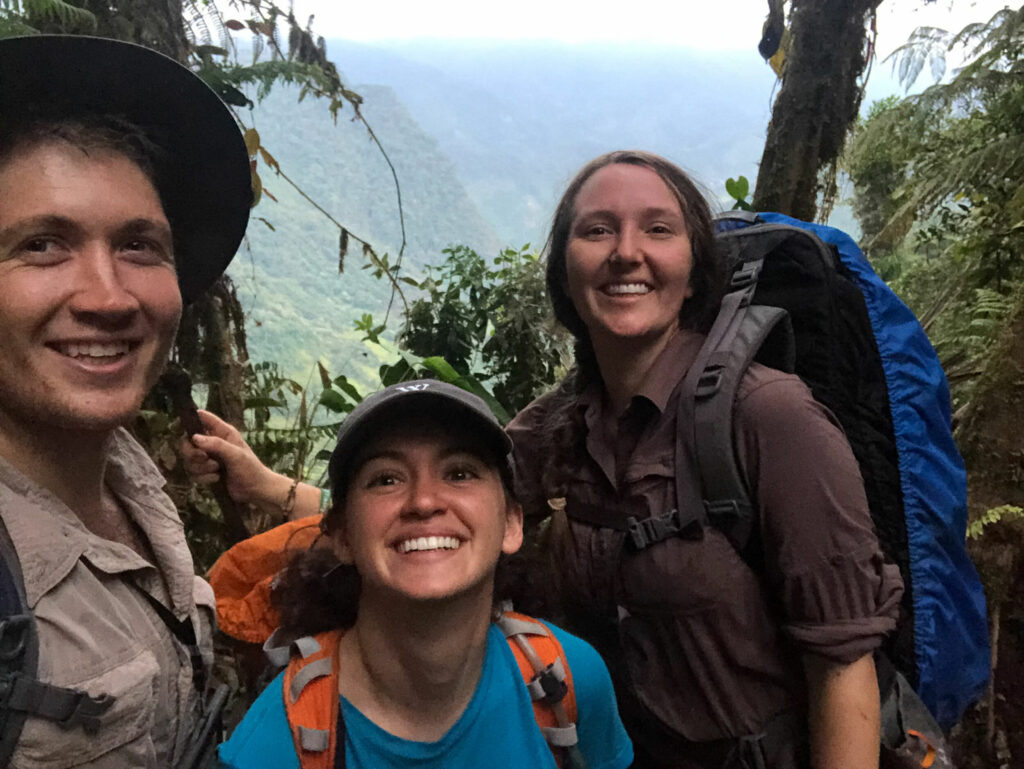

Another thing that I’m really excited about right now is the documentary we’re working on. It was the filming of this that led to the discovery of the mining. It’s called Otra Cosa (Something Else). We’ve been editing it for the last year and a half on all volunteer power. It’s going very slowly, because we have no money, but I am really excited to get it finished and have it seen, because it’s a pretty powerful story.
There’s another documentary that was just released called “Wild Hope: Does Nature Have Rights?”. It features our partners, their incredible work, and it features us as well. Anyone can go watch it right now for free because it was accepted into the 2023 World Wildlife Day Film Showcase. But it’s a 28-minute documentary, and it talks about this situation with mining in this region, and the hope that we have for winning this long battle that we’re engaged in.
I can’t wait to see it, and I can’t wait to find out more about the projects that are in the pipeline. What is the best way for young people to reach out to you and get involved with Reserva, so they can be a part of these exciting new projects?
The best way right now to participate is through our fundraising campaigns and our Million Letters campaign. Write a letter. Get your friends to write letters. This costs very little. Everyone can do it.
We bring the letters to the UN and share them directly with world leaders and environmental ministers. We would like to go to Turkey for the 2024 UN biodiversity conference. So please, write your letters and sponsor youth to attend that conference if you can. This campaign is a unique and friendly way to engage with ministers and with world leaders in a way that they’re not used to. It’s been incredibly effective for us at the last couple summits.
Then, helping us out on social media, sharing our posts, liking, commenting. Driving a social media presence not only helps us get the word out when we have something important we need to share, but it also shows potential sponsors, who may be willing to sponsor our virtual 5K that happens in the fall or other fundraising events. People look at those numbers, and they do care about them. So just helping us out on social media is huge.
Well, I’m certainly going to go home and write a letter.
Thinking about the big picture, what does the future of Reserva look like? Where do you want the organization to be in 10, 20 years?
I would love for the organization to have a staff that is dedicated to solving the challenges of youth entering conservation, and augmenting the incredible work that the big NGOs are doing. I would love for the organization to be set up as a partner for all these big groups, who are so good at what they do, and are so focused on their projects. I’d like for Reserva to be the group that figures out the challenges of engaging youth, so that we can help make their work more successful and more inclusive. I think that we will have a network of these youth-led, youth-focused reserve projects around the world. And I would love for them to be places where young scientists and young storytellers can look to, to get experience in their field.
I’d like for it to be an example of how this generation would do conservation. This generation and future generations, but especially this one. It’s the most socially conscious generation that’s ever lived. They’re reinventing how all social work should be done, work that’s more inclusive, more diverse, more equitable, more respecting of indigenous knowledge, indigenous ways of knowing, and more inviting in general, less competitive. I would like Reserva to iron out how those processes should be done. I consider youth to be a moral compass for humanity. So, I’d like us to do that.
Find information on Reserva’s Million Letter Campaign.
Watch the documentary that Callie speaks about, “Wild Hope: Does Nature Have Rights?”.
Read more about Reserva and follow them on Instagram.
Donate to the Dracula Youth Reserve Emergency Expansion.
Callie Broaddus is the founder and executive director of Reserva: The Youth Land Trust. Prior to launching Reserva, Callie was a Senior Designer at National Geographic Kids for seven years. She has worked around the world, photographing rhinos in Botswana, documenting sea level rise in the Marshall Islands, and leading Reserva’s participation in research expeditions to the Ecuadorian Chocó.
Olivia Mermagen is a conservationist and BFA student at New York University. You can follow Olivia on Instagram.

As Ireland transitions from the rich, smoky scent of peat-burning to a more sustainable future, its olfactory heritage is evolving. What will become the next iconic aromatic symbol of Ireland?
Click to watch the documentary trailer.
Plantings

Eat More Plants Recipes:
Toasted Almond Cream Cake
Edgewater Restaurant


